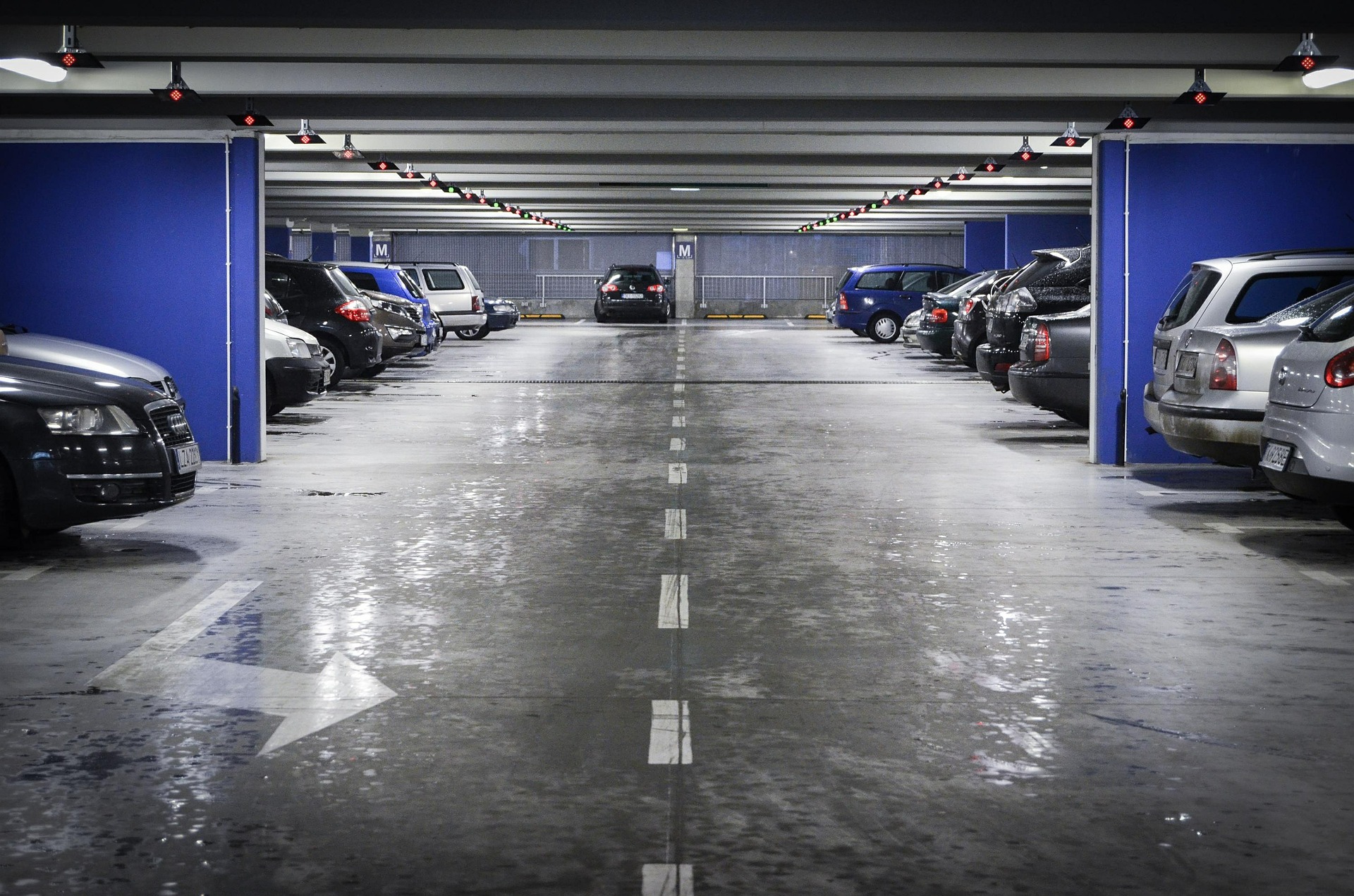 COVID-19 has changed the way we do things in profound ways. One of these is when and how we use our cars. Acquiring a car can be a difficult decision at the best of times. It requires much involvement and several considerations. These ideas can help you make sense of not just what to buy, but whether to buy.
COVID-19 has changed the way we do things in profound ways. One of these is when and how we use our cars. Acquiring a car can be a difficult decision at the best of times. It requires much involvement and several considerations. These ideas can help you make sense of not just what to buy, but whether to buy.
Needs
Much has changed in the COVID-19 era. Fewer people need to commute to work. Restrictions on movement mean that there are fewer places to go on the weekends. Many people have less of a need to own a car. On the other hand the availability and reliability of public transport has changed too. For those living in remote areas, owning a vehicle is more important than ever. Using your own car reduces the risk of being stranded, or being infected while using public transport. Another aspect is that for many their cars are enablers of livelihoods. According to Forbes more than 90% of US businesses now offer home delivery services. Many Americans now offer pickup and delivery services as a means of self employment.
Market conditions
The markets for both new and used cars have seen radical changes. Auto plants in the US, Europe, China, and elsewhere have been hit hard. Amid declining sales car makers are facing a cash crunch. Vast numbers of workers have been laid off. Dealers are sitting on inventories that are not moving. In an effort to improve sales manufacturers are willing to take drastic measures. Prices for new cars declined in April by over 30%. This presented buyers with unique opportunities. Some exotic foreign cars are now within reach. More buyers are now considering foreign vendors in the search for the right automobile. You can easily send money online to acquire your dream car from an overseas dealer.
New vs. used
New cars cost more to insure and depreciate faster. The average cost of a new car as of June was $36,700. By comparison a used car costs $20,000 on average. Used cars in the US are usually 25-40% cheaper than new ones. However, there can be significant differences in reliability and maintenance effort. The sales of used cars in the US have dropped by 38%. In the prevailing market there is a good chance of getting a used car in a good condition for a reasonable price.
Financing
Buying a car is a significant financial burden for most of us. The cheapest way to buy a new car is to pay upfront at the dealership. The second best way is to finance your auto purchase through a loan. However the interest rates on loans depend on one’s credit worthiness. A credit score of 700 to 749 would get you a loan with an interest rate of 5.26% per year. A score of 451 to 599 would attract interest rates of 19% and higher.
Trade-in
Trading in an old car can notably reduce the cost of buying the new one. Most car dealerships offer trade-in deals. Consider getting the old faithful valued by a third party before talking to the dealer though. Trading-in makes business sense. According to CNBC more the 60% of all cars in the US are sold via trade-in deals.
Powertrain
The average American spends $1,900 on gas each year. Fuel-burning cars emit toxic carbon compounds and damage the environment. Hybrid cars burn less fuel per mile, are cheaper to run, and are cause less damage to the environment. Pure electric cars create no emissions at all. They are quieter, lighter, more spacious, and have longer lives. In addition to savings on fuel costs, electric cars are subsidized in many states. This reduces their total initial cost significantly.
The prevailing economic climate is shaping the automobile market in unprecedented ways. Demand for gas-guzzling big block engines is plummeting. The cost of maintenance is becoming an important consideration. More people are opting to buy smaller and more efficient cars. Consider the long term cost of ownership, length of commute, and other requirements before deciding to buy your next car.
About the author:
Hemant G is a contributing writer at Sparkwebs LLC, a Digital and Content Marketing Agency. When he’s not writing, he loves to travel, scuba dive, and watch documentaries.


